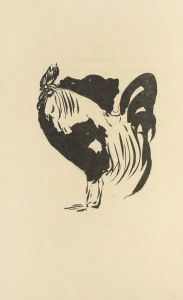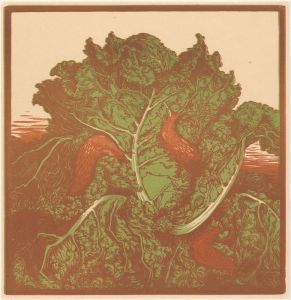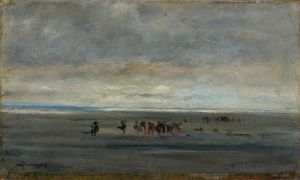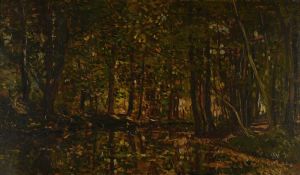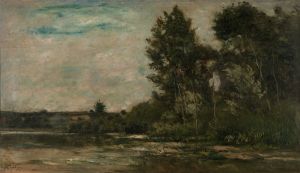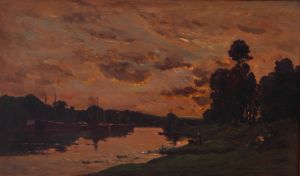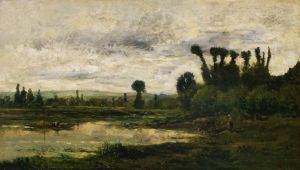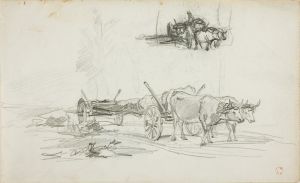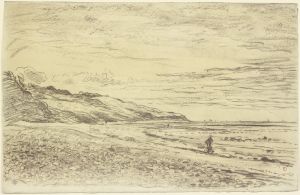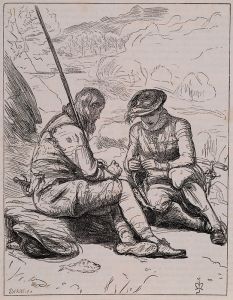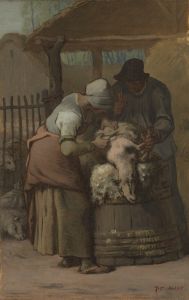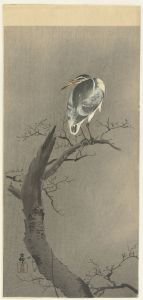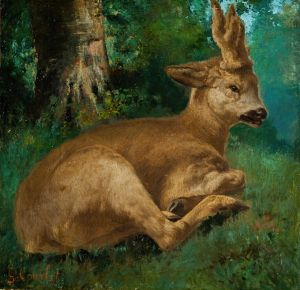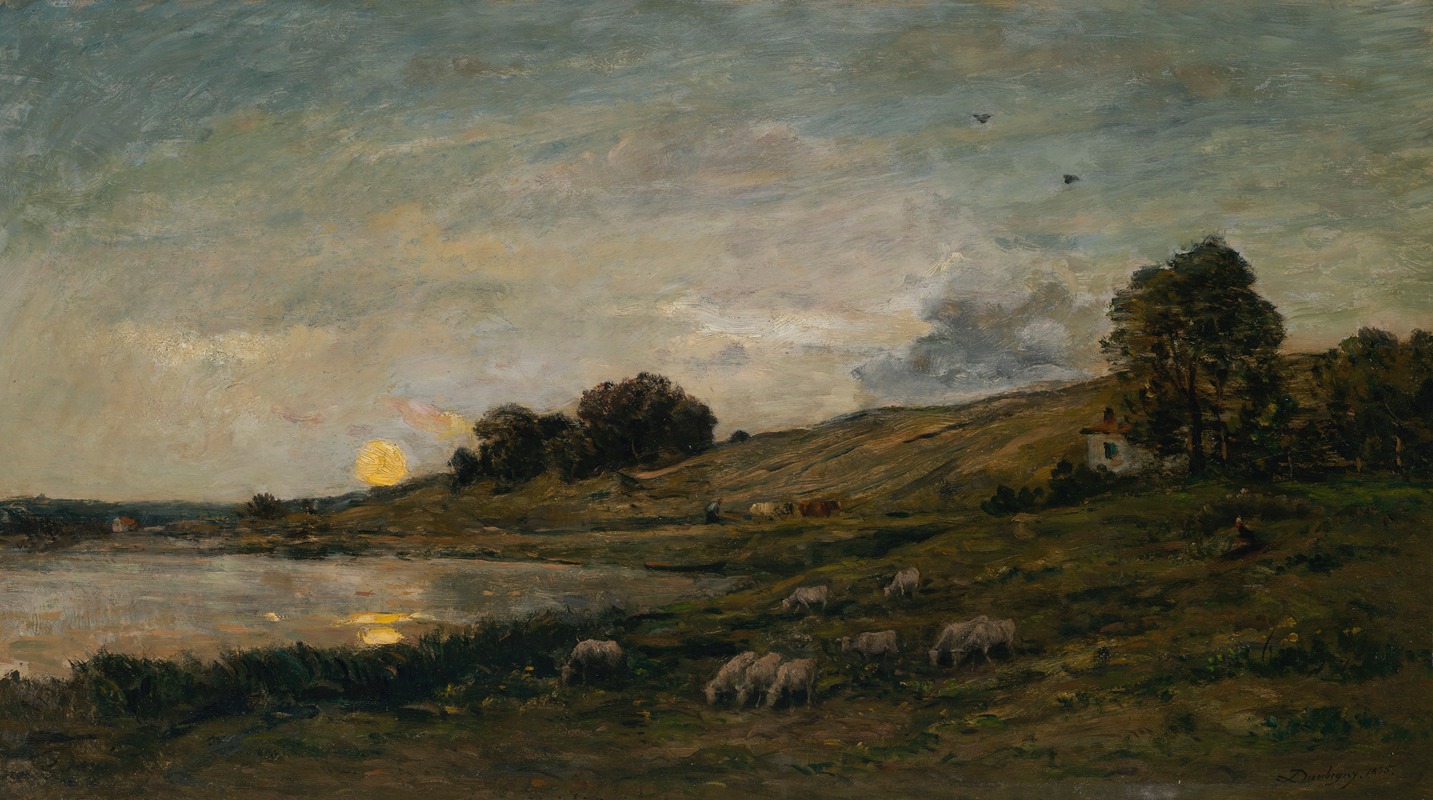
Troupeau de moutons au bord de la rivière
A hand-painted replica of Charles François Daubigny’s masterpiece Troupeau de moutons au bord de la rivière, meticulously crafted by professional artists to capture the true essence of the original. Each piece is created with museum-quality canvas and rare mineral pigments, carefully painted by experienced artists with delicate brushstrokes and rich, layered colors to perfectly recreate the texture of the original artwork. Unlike machine-printed reproductions, this hand-painted version brings the painting to life, infused with the artist’s emotions and skill in every stroke. Whether for personal collection or home decoration, it instantly elevates the artistic atmosphere of any space.
"Troupeau de moutons au bord de la rivière" (translated as "Flock of Sheep by the Riverside") is a painting by the French artist Charles François Daubigny, who was a prominent figure in the Barbizon School. The Barbizon School was a movement towards realism in art, named after the village of Barbizon near the Forest of Fontainebleau, where many of the artists gathered to paint nature directly from life.
Charles François Daubigny was born on February 15, 1817, in Paris, France, and he became one of the leading landscape painters of his time. He was known for his innovative approach to landscape painting, often working en plein air (outdoors) to capture the natural light and atmosphere of the scene. Daubigny's work had a significant influence on the Impressionist movement, particularly on artists like Claude Monet and Camille Pissarro.
"Troupeau de moutons au bord de la rivière" is an exemplary work that showcases Daubigny's skill in depicting pastoral scenes with a sense of tranquility and natural beauty. The painting features a flock of sheep grazing by the side of a river, with lush greenery and a serene waterway forming the backdrop. Daubigny's use of light and shadow, as well as his attention to detail in the foliage and reflections in the water, create a harmonious and peaceful composition.
The painting reflects Daubigny's deep appreciation for the French countryside and his ability to convey the quiet, everyday moments of rural life. His technique often involved broad, loose brushstrokes that captured the essence of the landscape without becoming overly detailed or rigid. This approach allowed him to convey the atmosphere and mood of the scene effectively.
Daubigny's work, including "Troupeau de moutons au bord de la rivière," is characterized by its naturalistic style and its emphasis on the beauty of the natural world. He was a pioneer in the use of a floating studio, a boat he called "Le Botin," which he used to travel along rivers and paint directly from nature. This innovative method allowed him to explore different perspectives and capture the changing effects of light on the water and landscape.
Throughout his career, Daubigny received numerous accolades and his works were exhibited widely. He was awarded the Legion of Honour in 1859, recognizing his contributions to French art. His paintings are held in many prestigious collections, including the Louvre in Paris and the National Gallery in London.
"Troupeau de moutons au bord de la rivière" remains a testament to Daubigny's mastery of landscape painting and his ability to evoke the serene beauty of the natural world. His influence on subsequent generations of artists, particularly the Impressionists, underscores his importance in the history of art.





